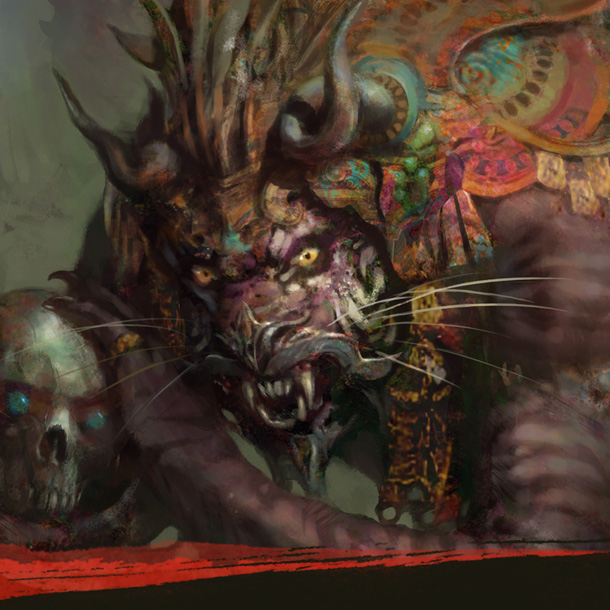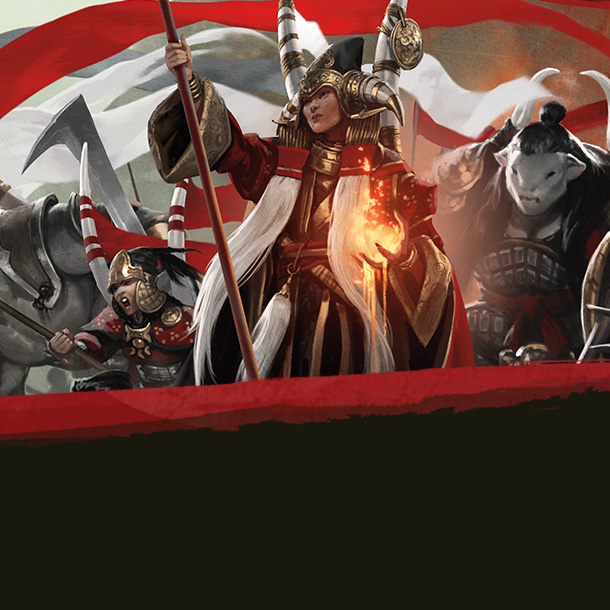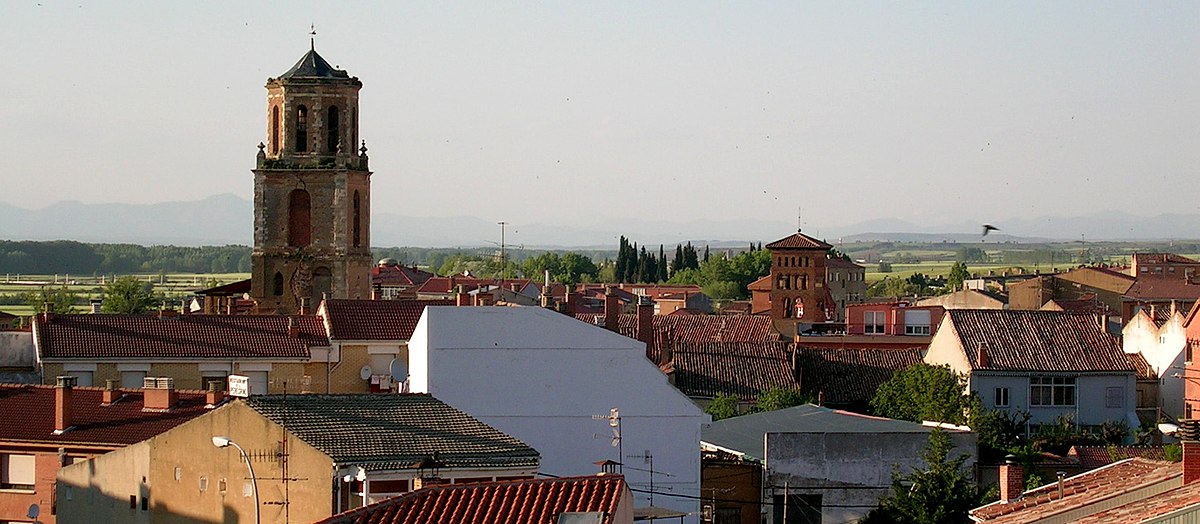Everything I read about sahuagin says they were made up and not based on any existing monsters.
I looked into it further too, and "sahuagin" is reportedly an alteration of the name from the historian "Bernardino de Sahagún"

en.wikipedia.org
As you may know, a Latter-day Saints publication, reportedly titled
Christ in the Americas, mentioned Bernardino de Sahagún, since he wrote about Aztec conceptions of God. Steve Marsh (creator of the sahuagin) was a LDS missionary at the time.
So the word "sahuagin" at least is inspired by the Spanish name Sahagún. The man Bernardino de Sahagún is named after his home town of Sahagún, Spain.

en.wikipedia.org
Also, there is a peripheral Aztec aspect, in that Bernardino de Sahagún resided in New Spain and was the first person to write extensively about the Aztec culture.
Steve Marsh created the sahuagin and the ixitxachitl (devilfish) at the same time, for the OD&D Blackmoor booklet. Steve does mention a Lovecraftian inspiration for the ixitxachitl, but I haven't seen that that applies also to the sahuagin.
I've discovered just now that the Latter-day Saints also refer to the native Aztec historian Fernando de Alva Cortés Ixtlilxóchitl (who wrote the
Codex Ixtlilxochitl) as a source for interpreting the Book of Mormon.

en.wikipedia.org
See Wikipedia:
"Some Mormon apologists have argued for substantial parallels between the Jaredites [a legendary Mormon tribe] and the Olmecs. For example, one scholar asserted that writings an ancient Native American historian, Fernando de Alva Cortés Ixtlilxochitl, wrote about a group of people who came from the great tower to Mesoamerica. Ixtlilxochitl wrote that the people lived in an area in the northern parts of the land, along the Gulf Coast of Mexico."
It's likely that Steve got both names from that (or some other) LDS publication.
So, as far as I can tell, both the sahuagin and the ixitxachitl are monsters which were invented by an Anglo-American Mormon, using the names of two real-world historians of New Spain/Mexico who appeared in Mormon missionary publications, both of whom had a connection with Aztec culture. One of the names is modified Spanish, the other is modified Nahuatl (Aztec).
I'm not sure how this fits with my chart! I think sahuagin will go under Spanish America. And ixitxachitl will stay with Mesoamerica. As creatures, they aren't based on folklore from those cultures, but their D&D designer drew the names (wordshapes) from those contexts.
***
Edit: After I posted that, I found this quote from Steve Marsh:
This is one of the races I did that ended up in Blackmoor. The name is a Spanish name of an historian that came off the back of the Christ in the Americas pamphlet used by the LDS Church. Like the Ixit, there are two "official" pronunciations. First, pronounce it like you would in Spanish class. Second, Sa ha gwin (which is not intuitive).
An old Justice League of America animated show and my own imagination provided the concept, with a heavy touch of sea Aztecs and the question what would evolved sharks as a social species be like.
MM has so much detail because Blackmoor had so much detail. Not a Lovecraft influenced creature (I've done a lot of those, mind you, just not this one). Steve Marsh, 2005
So Steve confirms that the name is Spanish, and that there's "a heavy touch of sea Aztecs." So I'll list sahuagin under both "Spanish America" and "Aztec."







